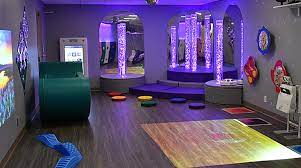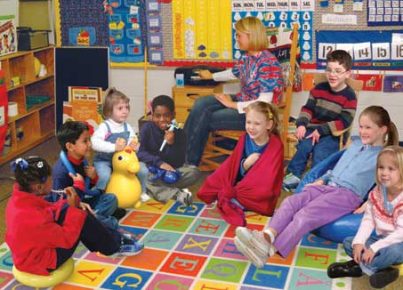Introduction
Multi-sensory environments in special schools have become increasingly popular as educators worldwide recognize the benefits they provide for children with special needs. These environments, designed to cater to students’ individual needs, combine various sensory stimulations to enhance learning experiences. This article will discuss the importance of multi-sensory environments in special schools, their primary components, and their potential benefits.
The Need for Multi-Sensory Environments
Children with special needs often face challenges in traditional classroom settings due to sensory processing difficulties and/or communication barriers. Standard teaching approaches may not be suitable for these students, leading to diminished learning outcomes and increased frustration. Multi-sensory environments are specifically designed to address these issues by providing a tailored learning environment that caters to each student’s unique needs.
Primary Components of Multi-Sensory Environments
Multi-sensory environments encompass a wide range of elements that stimulate the senses. Some of the essential components include:
1. Visual Stimulation: Unique lighting effects, such as bubble tubes and fiber optic lights, create a calming atmosphere and engage visual processing skills.
2. Auditory Stimulation: Soothing sounds, music, or nature sounds can help students focus and feel relaxed. Soundboards can also be utilized for interactive auditory experiences.
3. Tactile Stimulation: Various textures, shapes, and materials encourage students to explore different sensations through touch.
4. Olfactory Stimulation: Aromatherapy or scented toys can help students associate specific smells with certain activities or emotions.
5. Vestibular and Proprioceptive Input: Equipment such as swings and trampolines help improve balance and body awareness while offering opportunities for physical activity.
Benefits of Multi-Sensory Environments
Incorporating multi-sensory environments in special schools yields several advantages:
1. Personalized Learning: These environments allow educators to adapt teaching methods to each student’s individual learning style and preferences.
2. Enhanced Engagement: Sensory-rich experiences capture students’ attention and encourage exploration, leading to increased engagement and participation.
3. Improved Communication Skills: By providing alternative ways to express themselves, multi-sensory environments can help students develop more effective communication skills.
4. Emotional Regulation: A calming and supportive atmosphere enables students to feel safe and relaxed, allowing them to better manage their emotions and reduce anxiety.
5. Skill Development: Multi-sensory environments offer opportunities for skill development across various domains, including motor skills, cognitive skills, and social-emotional skills.
Conclusion
Incorporating multi-sensory environments in special schools significantly enhances the learning experience of students with special needs. By catering to individual sensory preferences and providing tailored learning opportunities, these environments not only promote engagement but also foster personal growth and skill development. As a result, multi-sensory environments are playing an increasingly vital role in the ever-evolving landscape of special education.





